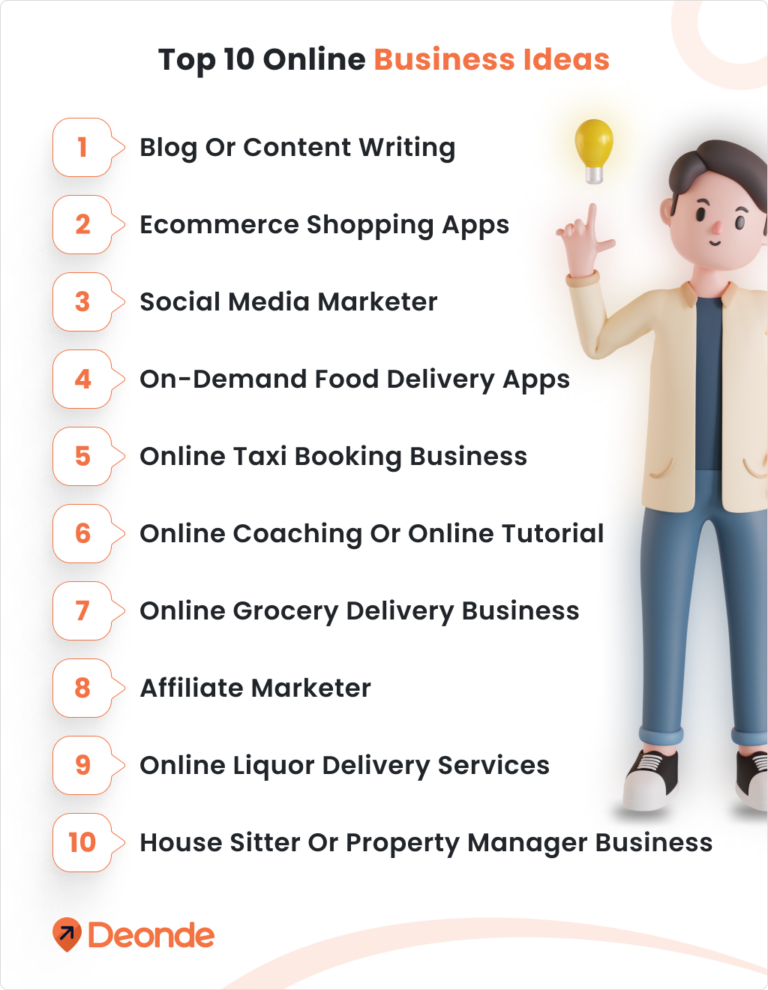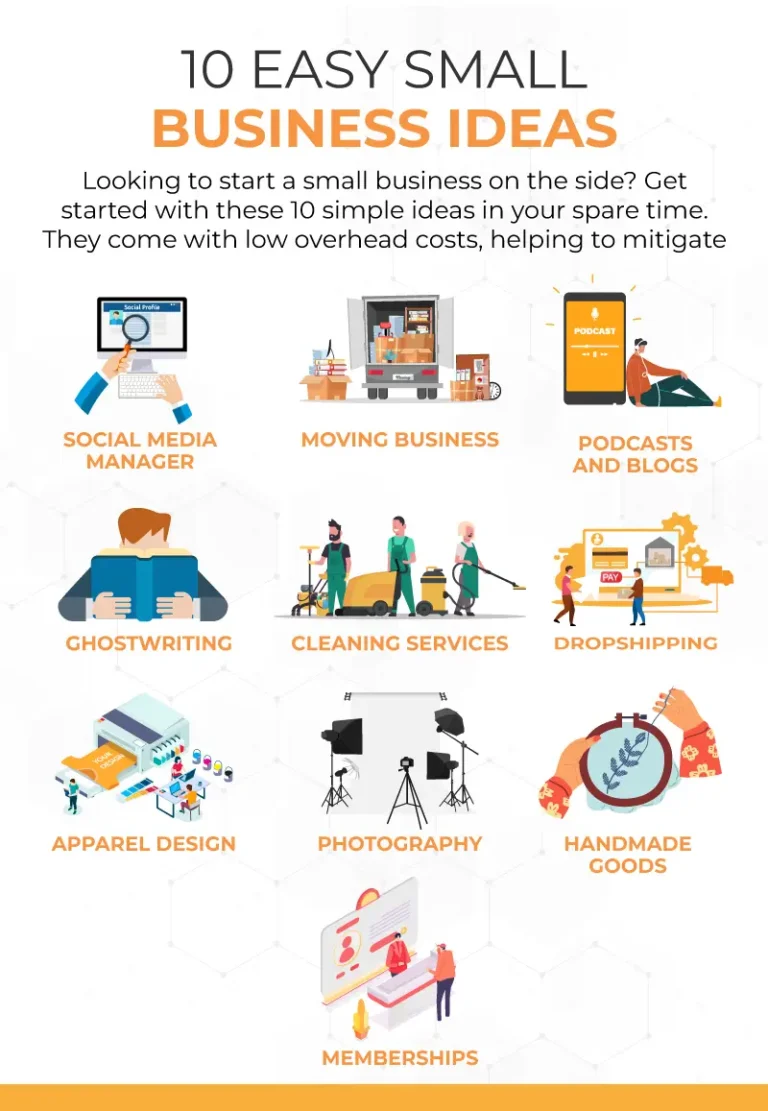Scalable Business Ideas for 2025: Build Smart, Grow Fast, and Stay Future-Ready
In the fast-evolving landscape of entrepreneurship, scalability has become the gold standard for long-term success. A scalable business can grow rapidly without being weighed down by rising costs or complex logistics making it ideal for entrepreneurs who want to multiply profits while keeping operations lean. With emerging technologies, shifting consumer habits, and global digital access, 2025 presents new and exciting opportunities for scalable ventures. If you’re ready to break into a business model that can expand exponentially, here are the most promising scalable business ideas for 2025 and beyond.
Why Scalability Is the Smartest Business Strategy Right Now
Scalable businesses are designed to grow without requiring equivalent increases in cost, time, or human resources. Unlike traditional service-based models that depend heavily on labor, scalable ventures use automation, digital platforms, and licensing to extend their reach quickly. In an era where speed and efficiency drive success, scalability lets startups compete with larger players by focusing on lean execution and fast adaptation. Whether it’s launching a product with global appeal or building a tech-driven platform, scalability ensures that your business has room to evolve without hitting financial or operational walls.
AI-Powered SaaS Products: Automate Problems, Multiply Users
Software-as-a-Service (SaaS) has proven to be one of the most scalable models in the digital age. In 2025, the demand for AI-powered SaaS solutions is exploding across industries from marketing automation and HR analytics to productivity tools and customer service chatbots. Once the product is built, onboarding new users requires little incremental cost, and updates can be deployed at scale. With the rise of no-code tools and generative AI, even non-technical founders can build or partner to launch niche SaaS tools that solve very specific business problems, earning recurring revenue month after month.
Content Subscription Platforms: Monetize Knowledge and Community
Digital content has shifted from one-time purchases to ongoing subscriptions. Whether you’re an expert, coach, educator, or creator, you can build a scalable content business around exclusive newsletters, video courses, community memberships, or niche podcasts. Platforms like Substack, Kajabi, and Patreon allow you to reach global audiences without heavy infrastructure. As long as the content provides real value and solves a clear pain point, your subscriber base can grow continuously. The beauty of this model lies in its repeatability once content is created, it can be monetized over and over again with minimal additional cost.
E-Commerce with Print-On-Demand or Dropshipping: Sell Without Inventory
Selling physical products without holding inventory is one of the easiest ways to scale a retail business. Print-on-demand and dropshipping platforms let you sell custom designs, branded gear, or trending products while a third-party handles production and fulfillment. As a result, your time and capital go into marketing and brand building rather than storage or logistics. With tools like Shopify, Printful, and Spocket, entrepreneurs can launch and test multiple product lines, pivot quickly, and expand into new markets without major financial risk or supply chain challenges.
Licensing Digital Assets: Scale Once, Earn Forever
Creating and licensing digital assets such as stock photos, audio tracks, website templates, fonts, or even NFT-based products is an underrated but powerful way to build a passive, scalable business. Once created, these assets can be sold or licensed to thousands of buyers worldwide without additional work. Marketplaces like Envato, Gumroad, and Adobe Stock make it easy to distribute digital products to a global audience. This model is perfect for designers, musicians, developers, and creators looking to generate recurring revenue from their creative output.
Marketplaces and Aggregator Platforms: Build Once, Let Users Drive Growth
Two-sided marketplaces bring together buyers and sellers around a central theme whether it’s hiring freelancers, booking rentals, or buying secondhand goods. If you can solve a supply-demand imbalance or improve transaction ease in a specific niche, marketplaces can scale dramatically. The platform acts as the facilitator, while users provide the actual services or products, creating a self-sustaining growth loop. Think of Airbnb, Fiverr, or niche-specific B2B platforms. While initial traction can be tough, once established, the network effect makes this one of the most powerful scalable business models available.
FAQs About Scalable Business Ideas for 2025
What defines a business as scalable?
A scalable business can grow revenue significantly without proportionally increasing its cost or complexity.
Are scalable businesses always tech-based?
Not always—but tech-driven models (like SaaS or digital platforms) tend to scale faster due to automation and low marginal costs.
How do I know if my business idea is scalable?
If your model allows you to add customers or users without increasing labor or overhead at the same pace, it’s likely scalable.
Is dropshipping still profitable in 2025?
Yes. With smart branding and niche targeting, dropshipping remains a lean and scalable way to sell physical products.
Do scalable businesses require venture capital?
Not necessarily. Many scalable businesses are bootstrapped initially, with growth funded by early sales or low-cost tech tools.



